Bordered by the Nantes-Brest canal, just a stone's throw from Châteaulin, Saint-Coulitz is a charming rural commune that's a great place to stay!
As part of the Parc Naturel d'Armorique, it'sideally situated for exploring the Crozon peninsula, the Bay of Douarnenez and Central Finistère.
It's also, and above all, a haven of green peace, where you can recharge your batteries and reconnect
with nature, through hiking, cycling or even... fishing!
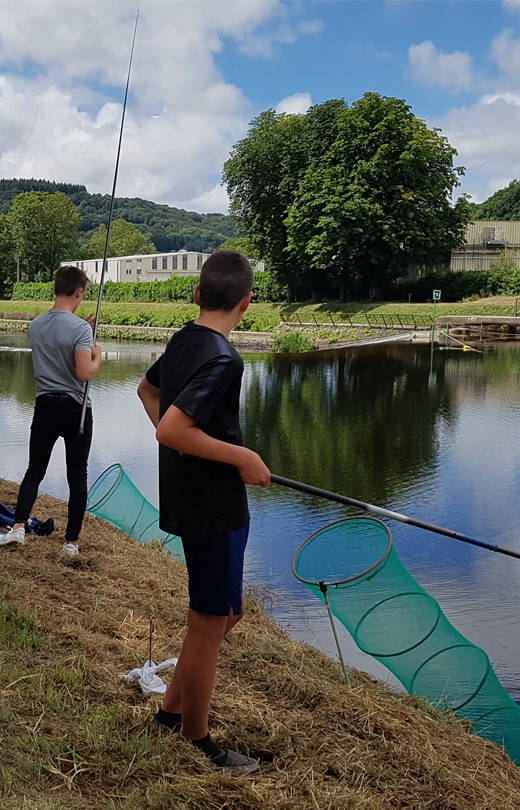
IN THE QUIET
Hiking, horse riding, cycling or fishing?
Saint-Coulitz is a playground for nature lovers. Here, you can take the time to observe and escape. By bike, you can wander along the rural paths to discover the countryside. On foot, you'll be seduced by the verdant Nantes-Brest canal and the heritage treasures scattered along the way. Fishing enthusiasts? Bring your rod! Here, fishermen gather on the banks of the Aulne, near the old hydroelectric plant, to tease white fish and small predators.
You can also take advantage of the opportunity to discover horse and pony riding, and enjoy beautiful rides in the heart of nature with the Litli Hestur horse farm.
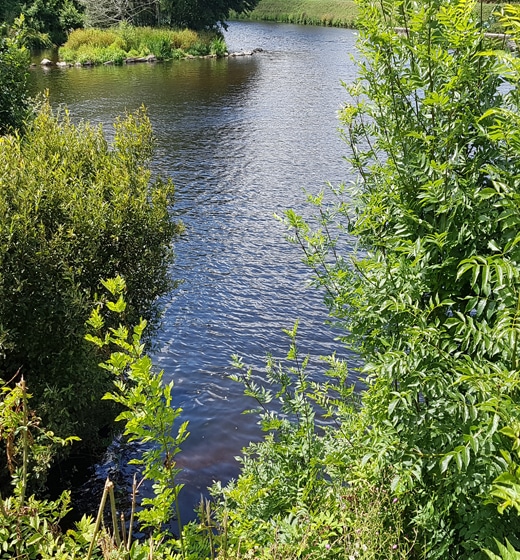


HORSE OR PONY?
Litli Hestur horse farm
Litli Hestur? But what kind of strange name is that?
Meaning "little horse" in Icelandic, this equestrian farm offers introductory courses and horse and pony rides all year round.
Every school vacation, a varied program of activities is on offer to delight young and old alike!
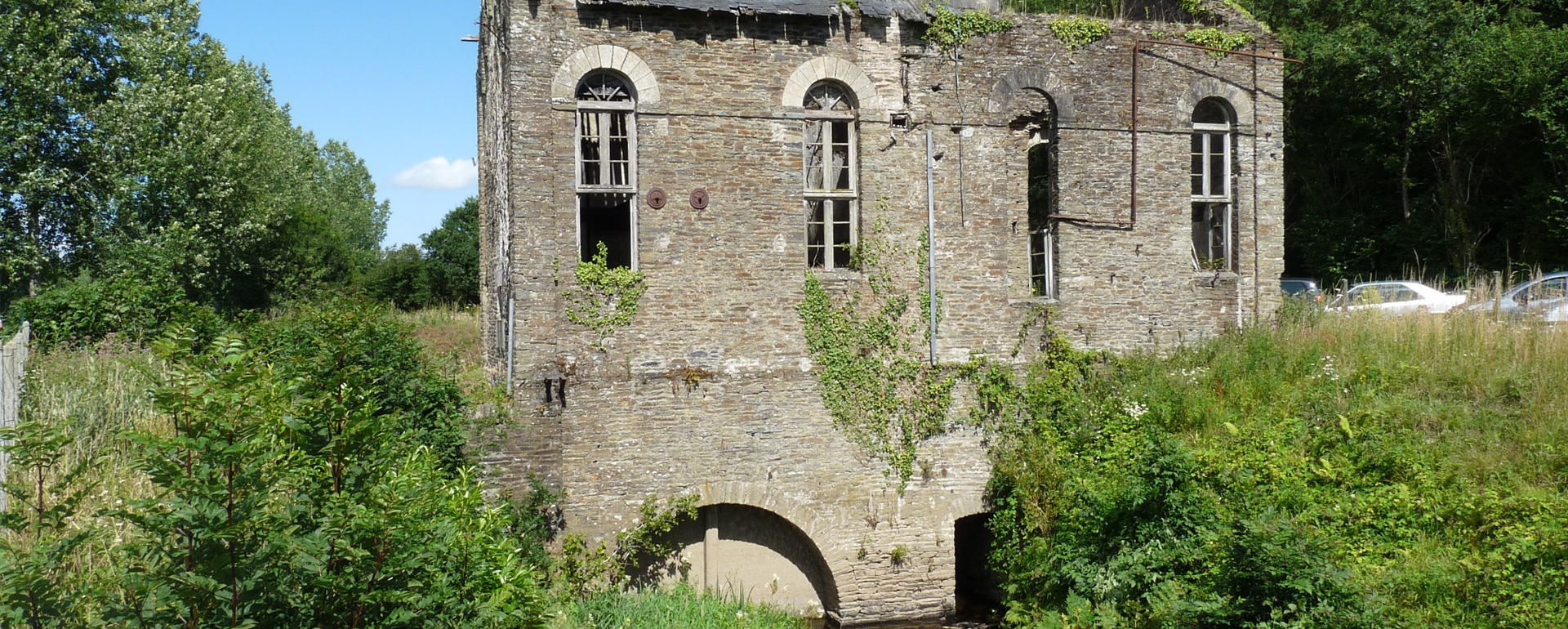
TURN, TURN MY WINDMILL
A curious building
Built in 1887 by the Châteaulinoise d'Eclairage Electrique company, on the left bank of the Nantes-Brest canal, near the Coatigrac'h lock (no. 235), this curious mill-like building - now in ruins! - is in fact a former hydroelectric plant.
In the past, it used the motive power of the waterfall to generate electricity.
Originally, this plant supplied 300 lamps and 35 public lanterns, via a network stretching some ten kilometers.
Although built on the initiative of the municipality of Châteaulin, the plant was of great benefit to the inhabitants of Saint-Coulitz, whose farms soon had electricity, particularly - and this is an important detail! - to keep the butter, the real Breton gold, cool.
Aging, the hydroelectric plant closed its doors for good in 1946.
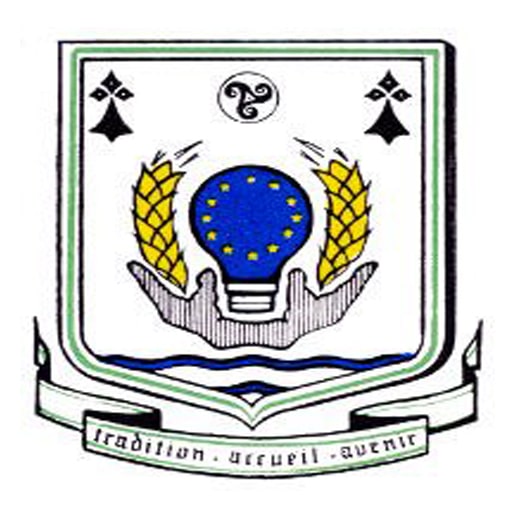
An unusual coat of arms!
The town's coat of arms proudly features... a curious light bulb! Original, isn't it?
A direct reference to the hydroelectric plant built on the commune, thanks to which Châteaulin was the first electrified town in the West and the third in France... A brilliant idea to honor this innovation, don't you think?
A stopover in the village of SAINT-COULITZ...
For a picnic break!
Picnic breaks with family or friends are one of the pleasures of a vacation... Look no further, we've found the perfect spot for you! Functional and practical, this area has been designed to accommodate country-style lunches! It's even covered (you never know!) and equipped with a barbecue. A decorative fountain adds a relaxing touch. Nearby, there are toilets and a large grassy garden, where children can play to their heart's content, in complete safety. Here, you're sure to enjoy a unique, convivial and peaceful moment right in the heart of nature!
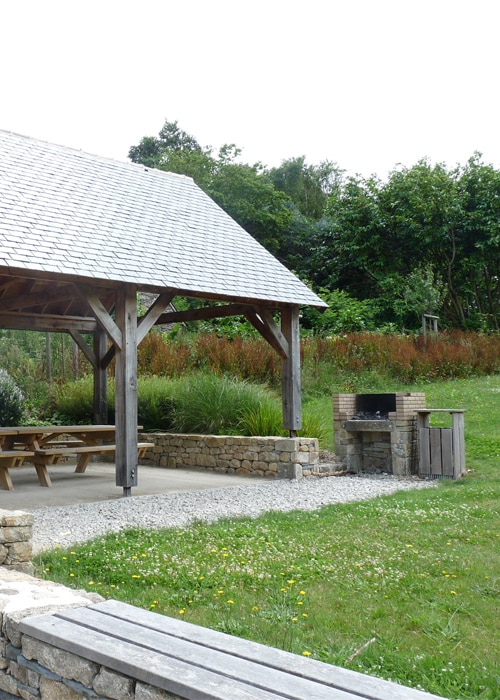
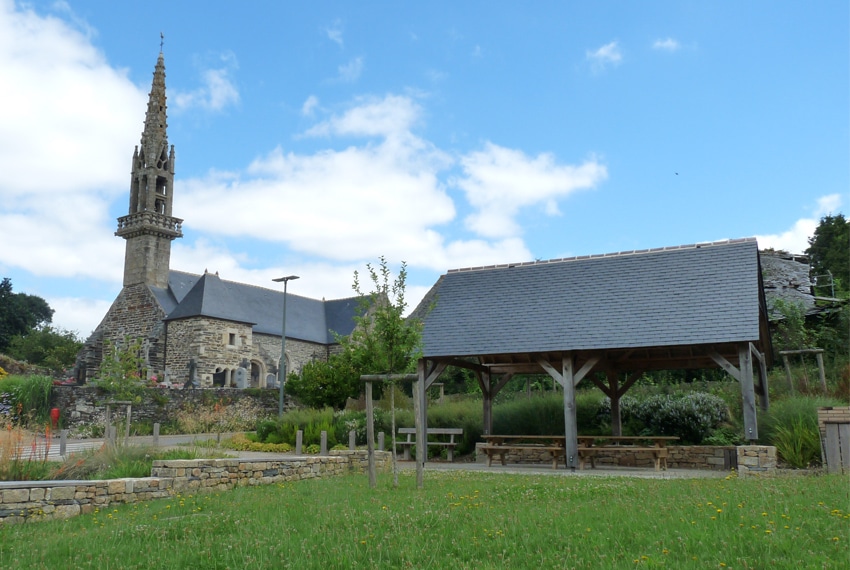
A SOUPCON FROM IrLANDE!
Saint-Coulitz Church
This Latin-cross-shaped building was built in 1558, but was remodeled in the 17th century, including the bell tower.
At the south-west corner of the porch is a small 16th-century ossuary. The interior houses a 15th-century silver reliquary and several statues, including one of Saint Coulitz.
What's special about this church? It is dedicated to a saint who is not honored in any other Breton parish: Saint Couleth!
Saint Couletch was an Irish bishop, known as the confessor of Saint Brigit, patron saint of Ireland.
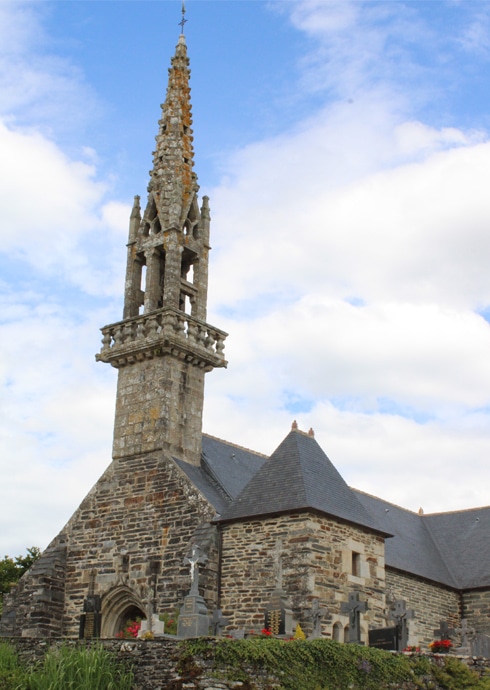
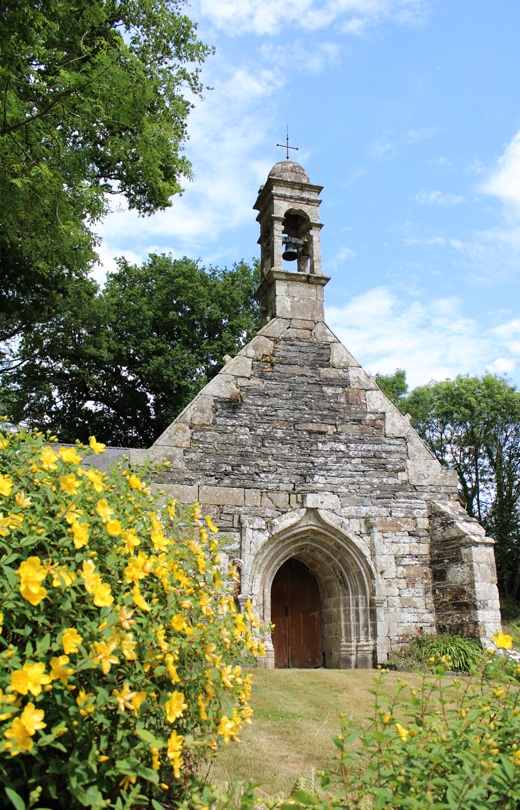
IN THE ENVIRONMENT
The Saint-Laurent chapel and its fountain
Located in the heart of the small, leafy village of Troboa, the chapel - better known as the Troboa chapel! - was built in the shape of a Latin cross in the Gothic style in 1621, and underwent several alterations in 1706. Statues of the Holy Trinity and St. James (1621) adorn the interior. The church is dedicated to St. Lawrence, once a Roman deacon and martyr. He is the patron saint of the poor and librarians.
A few steps further down, you'll find an original 17th-century flat slate fountain .
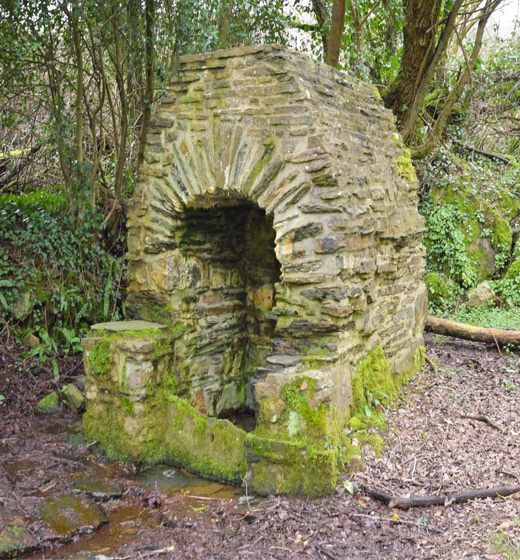

SAINT LAURENT CHAPEL TOUR
This 10-kilometre circuit invites you to discover the meandering Aulne and its locks, as well as Saint-Coulitz's beautiful heritage. Starting point: the village of Saint-Coulitz. Beware: in wet weather, the trail is difficult to negotiate!
Photo credits: © CF - OT MHA

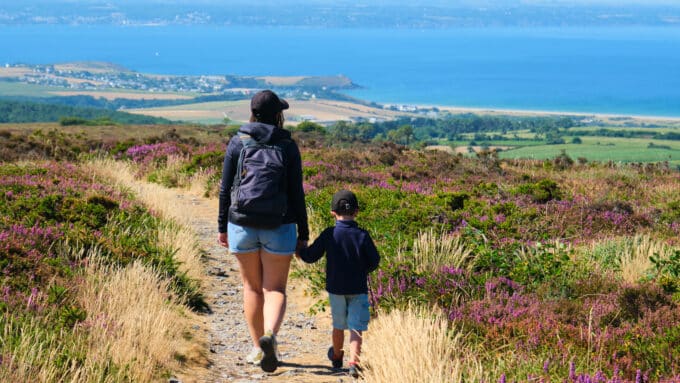


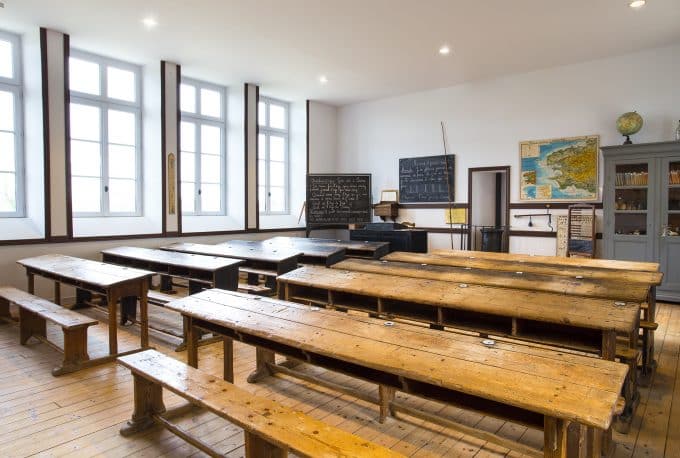

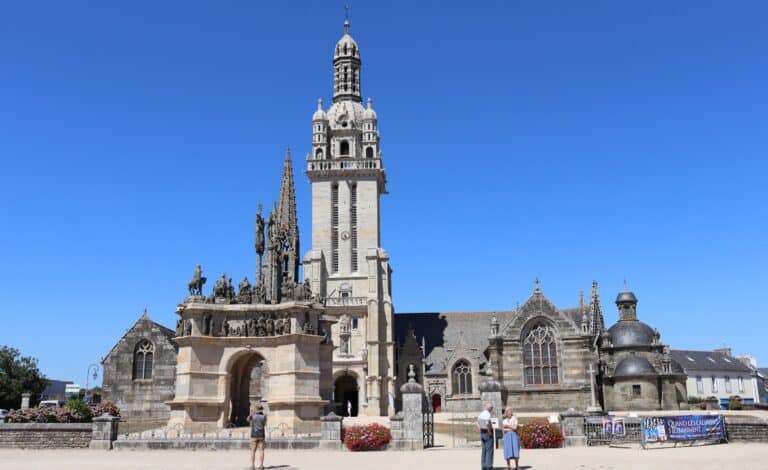
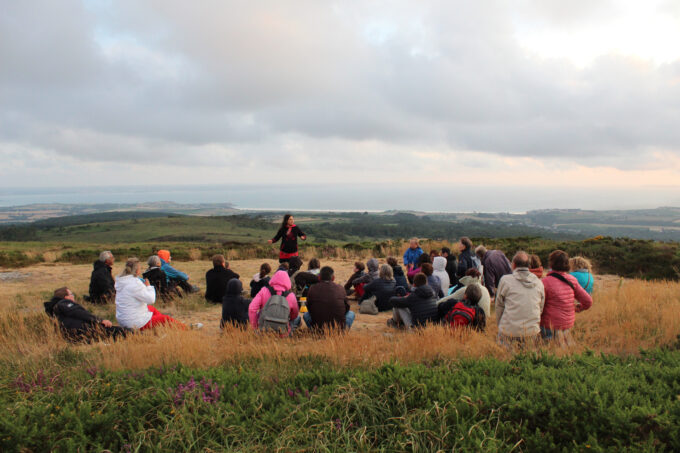
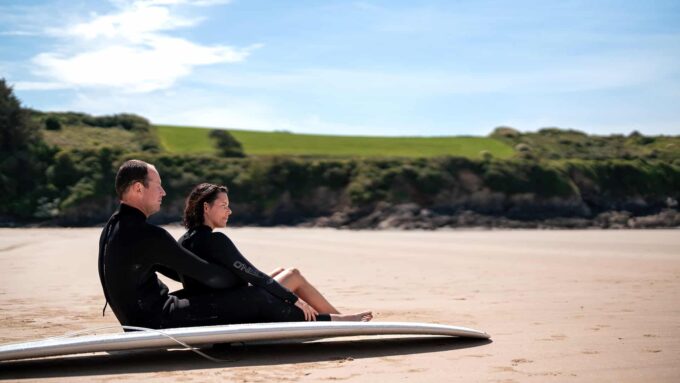
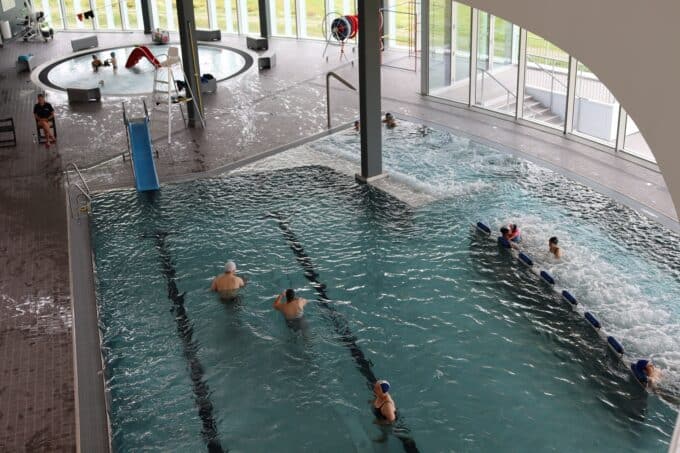
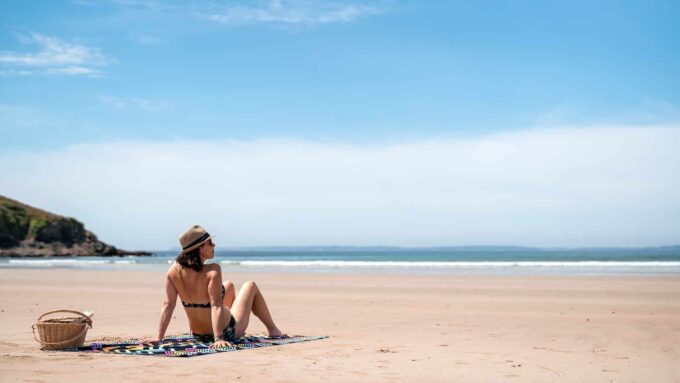
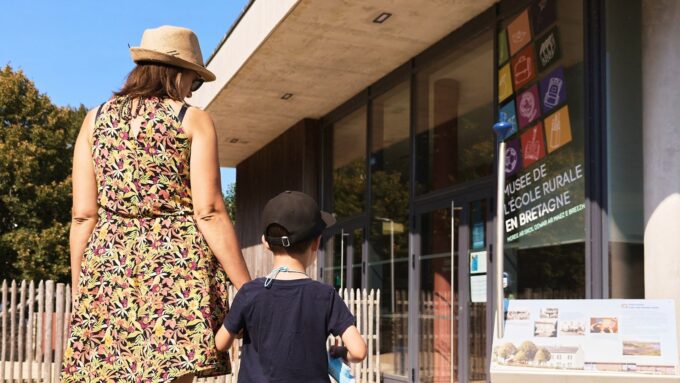
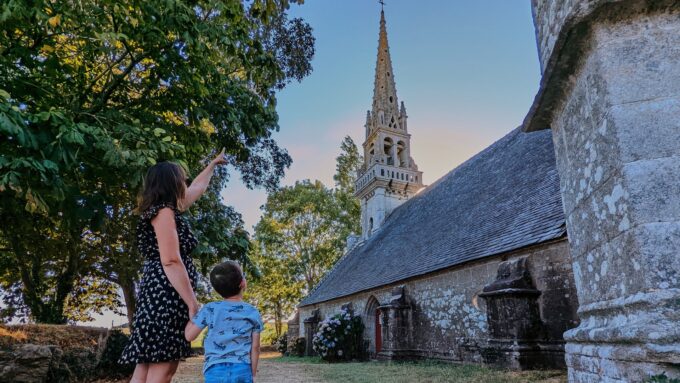
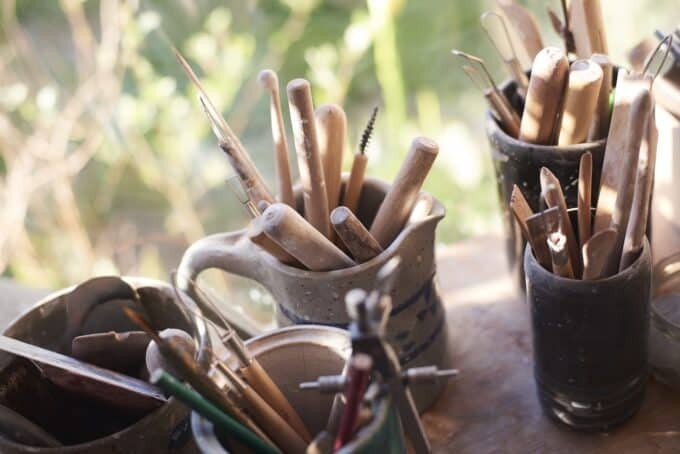

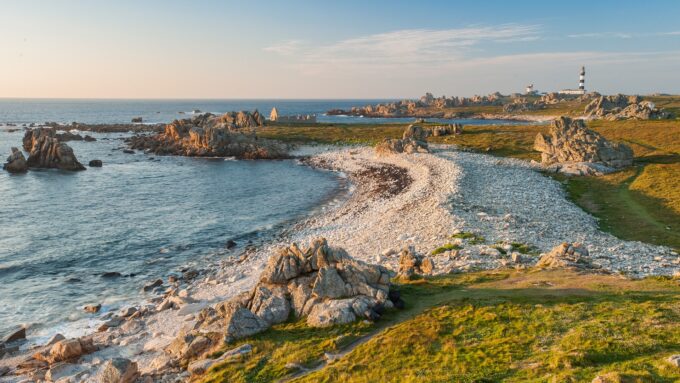

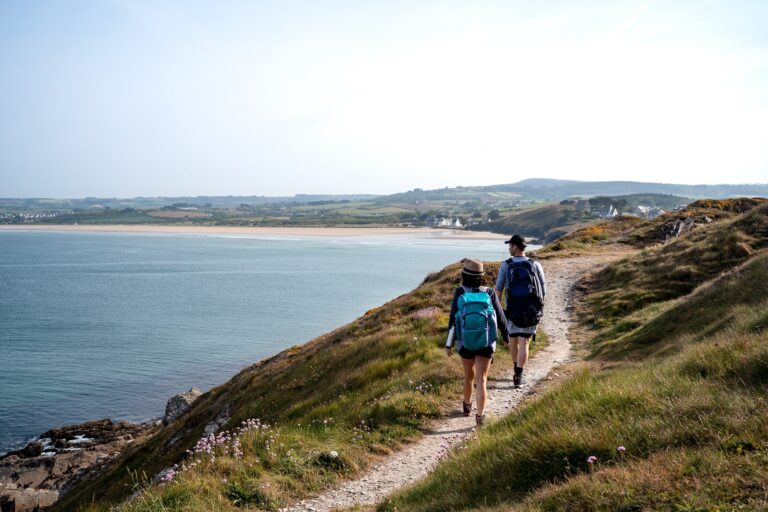
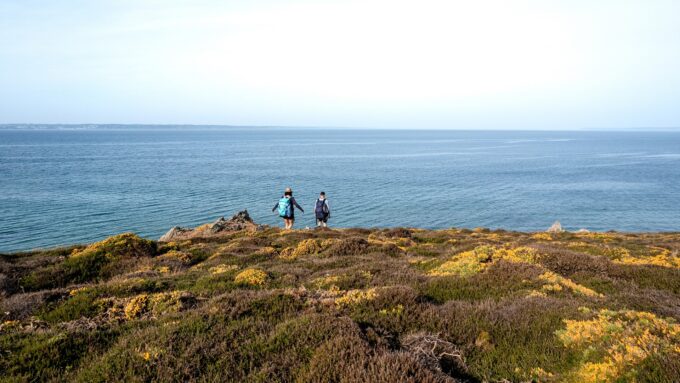
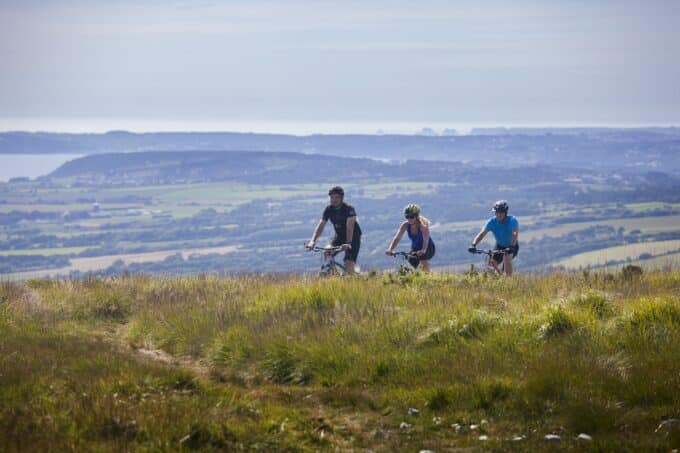
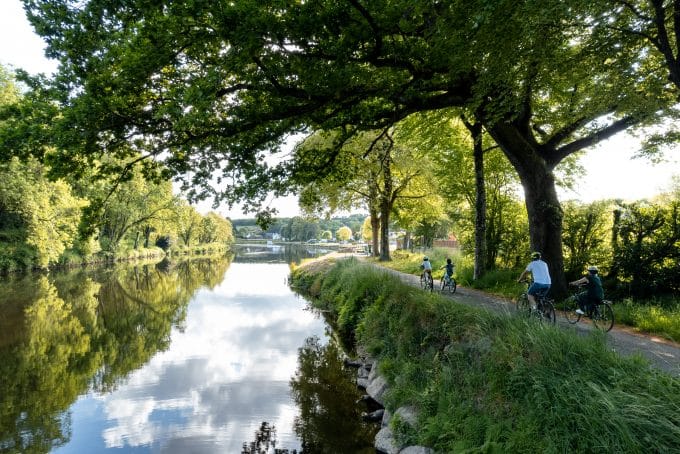
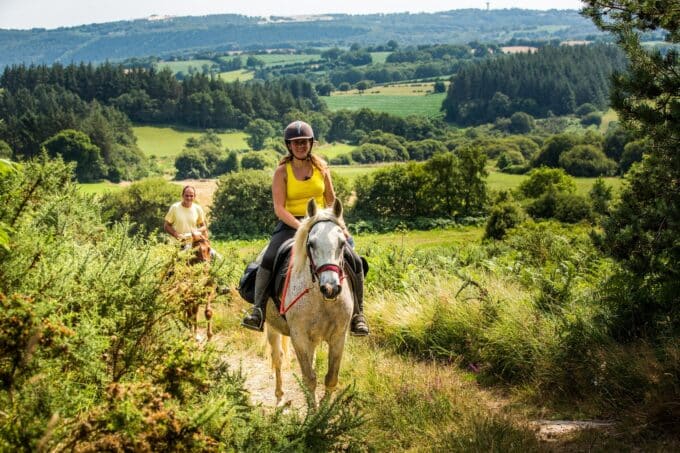
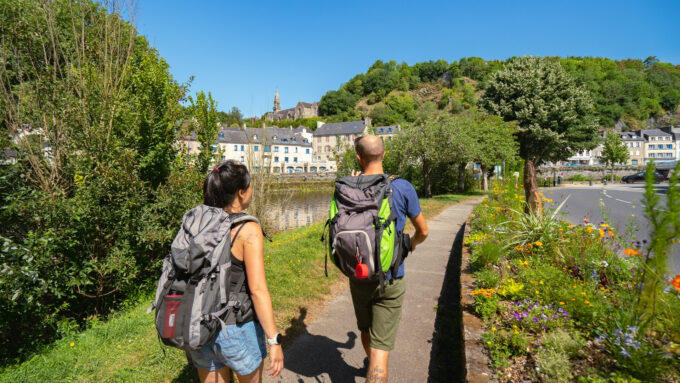

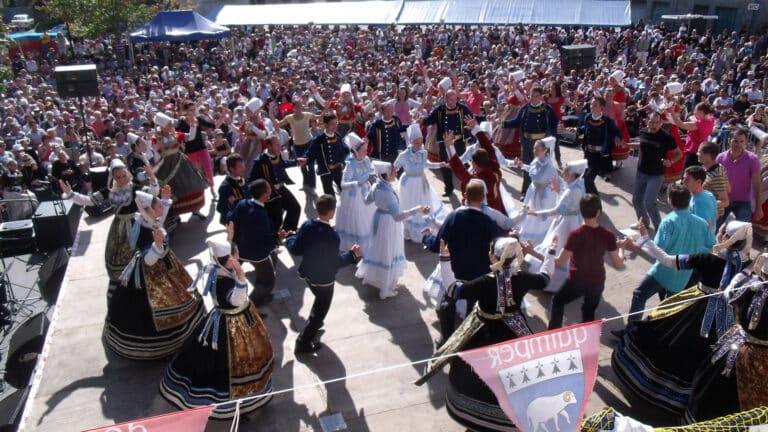
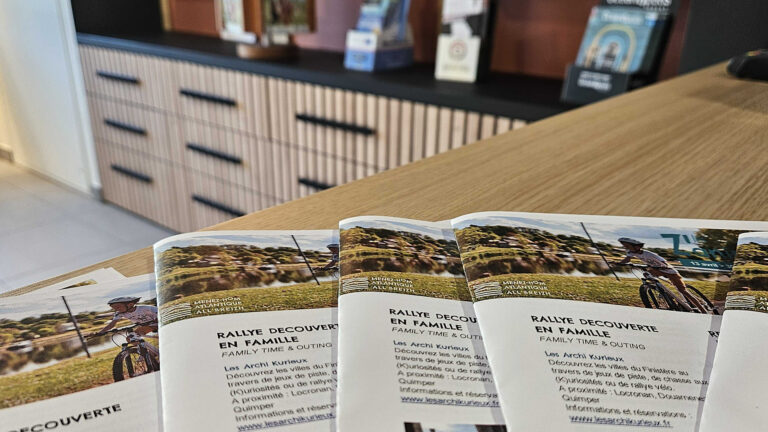
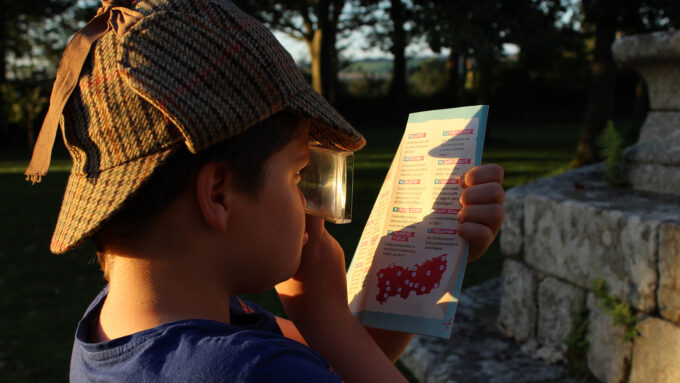
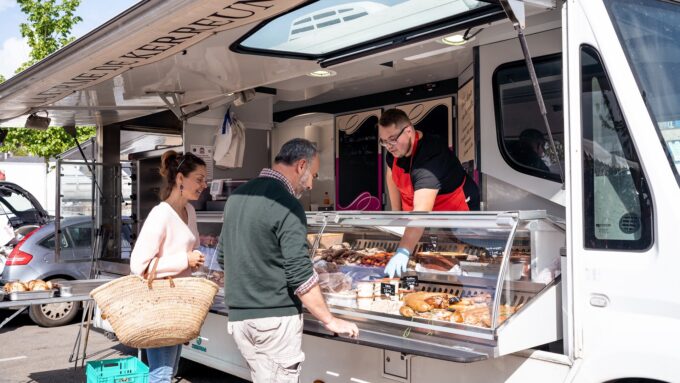

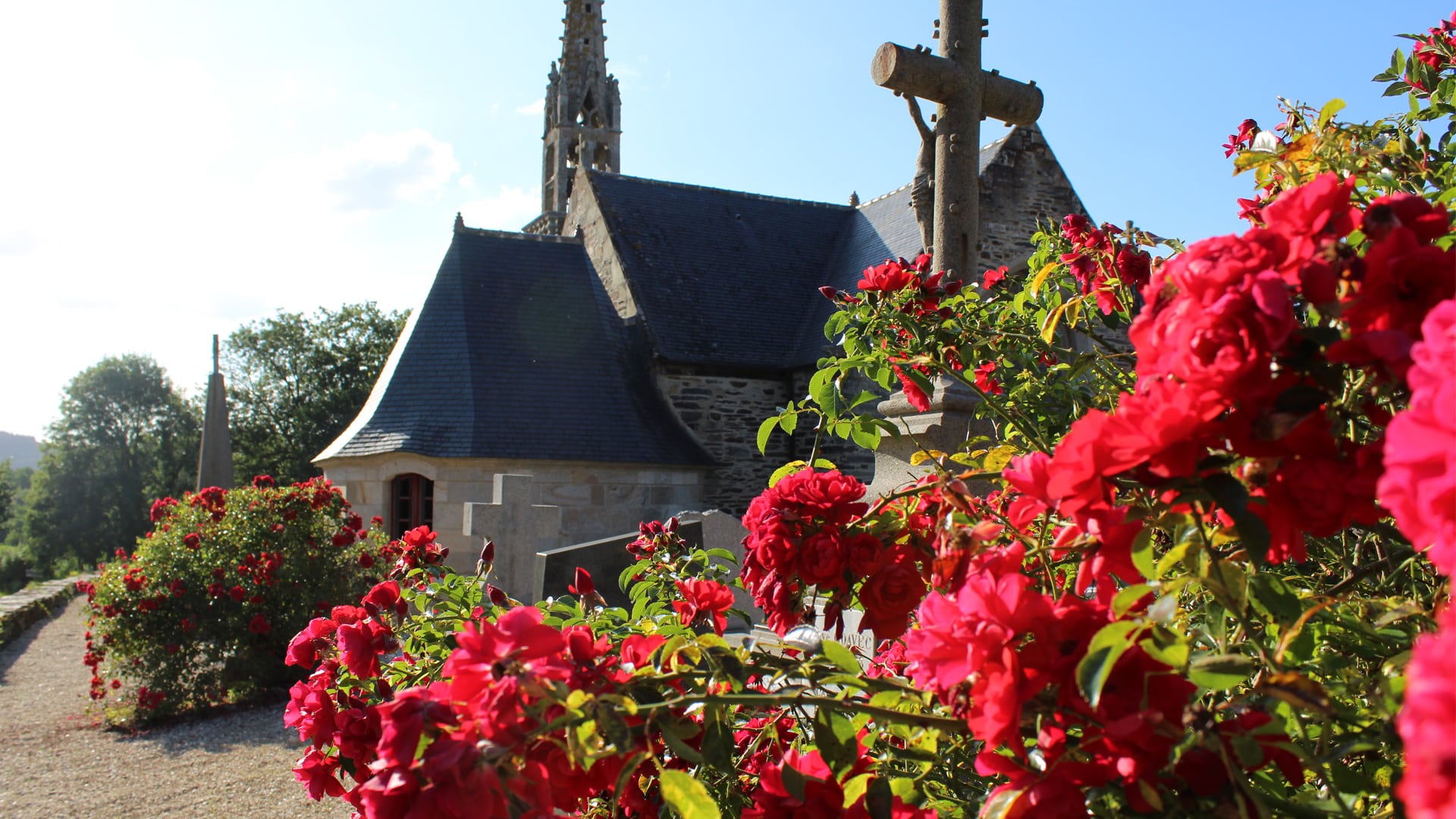
By car